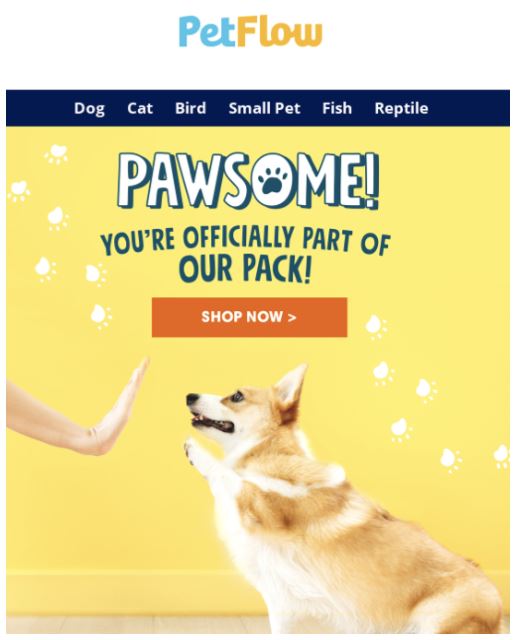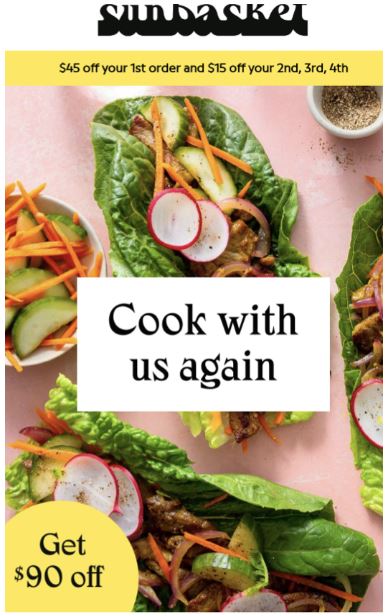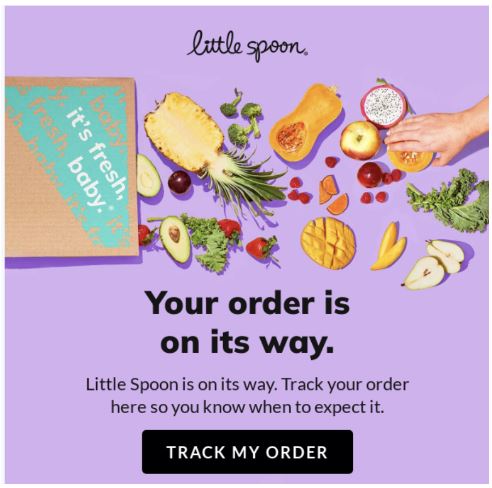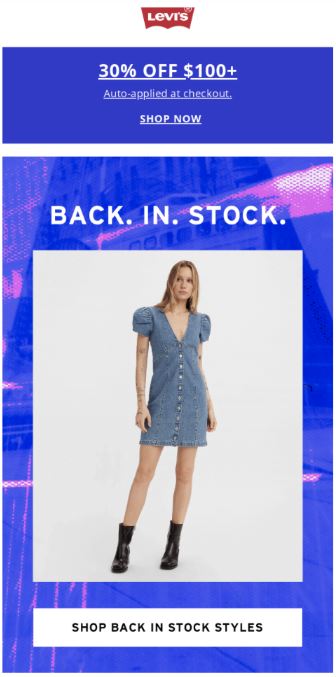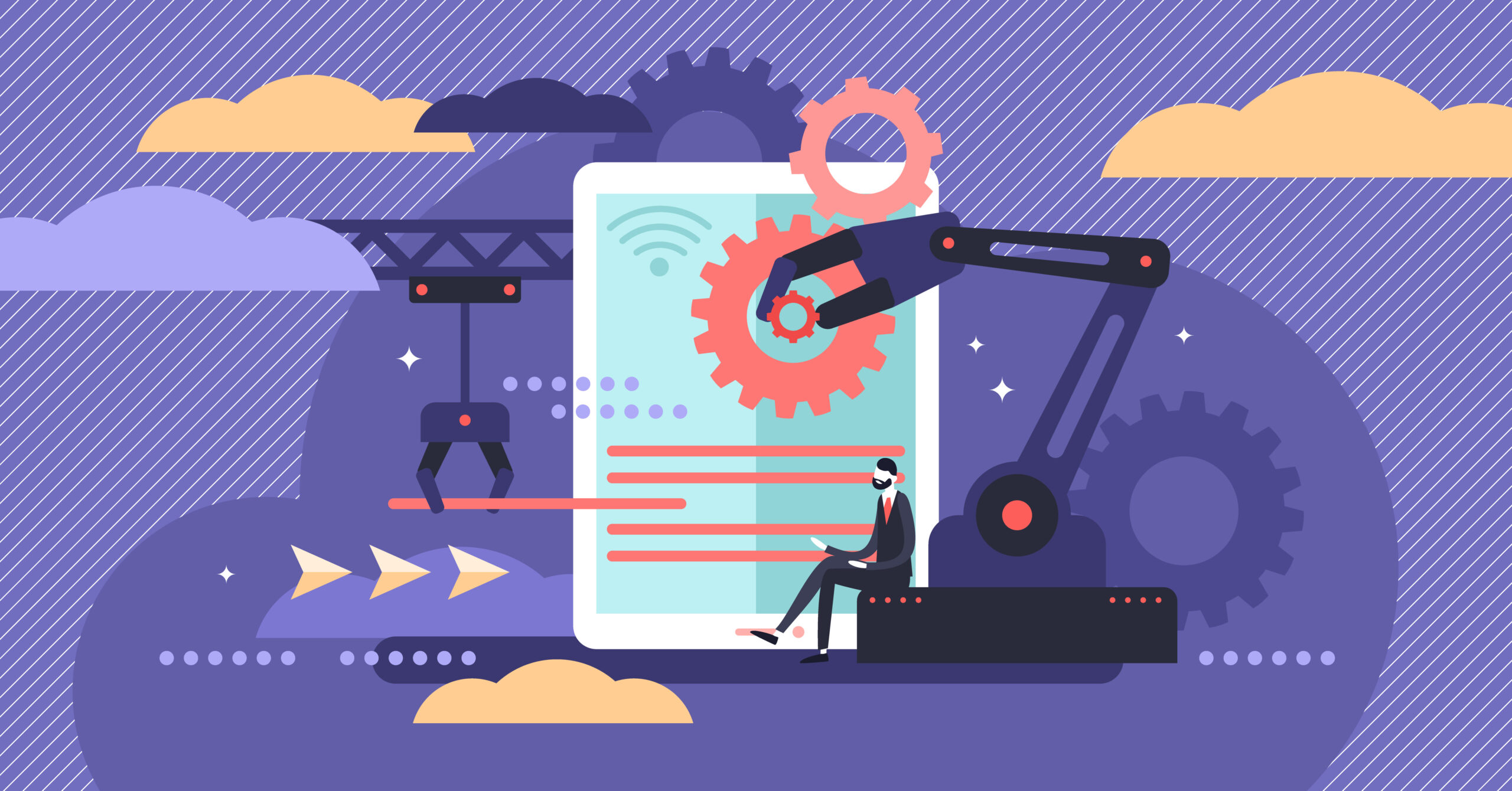
Like most marketers, you’re probably looking for ways to save time and reduce stress. We hear you.
What if we told you there was a way to add value to your marketing program and alleviate stress during campaign execution simultaneously? Sounds like a dream, right?
Well, your dream is about to come true. Let’s dive into the magical world of email automation.
What is email automation?
Email marketing automation involves sending out relevant, pre-built email campaigns to subscribers based on time or behavior triggers. These emails are built in an automation platform and have preset triggers, so you don’t have to micromanage all the data points you want to use.
There are two main types of automated email campaigns:
Drip campaigns are predetermined messages sent out to a specific audience at scheduled intervals. The goal is to build a relationship with subscribers over time by providing them with relevant and useful information, while reducing your resource exhaustion through limited personalization.
Trigger campaigns are initiated by a specific action taken by a subscriber. The goal is to respond to the subscriber’s behavior in real time with personalized, relevant, and timely information or offers, often to encourage a purchase.
We’ll talk more about drip and trigger campaigns later.
How does email automation address consumer pain points?
Take a quick gander at these stats:
- 49 percent of consumers feel frustrated when they receive irrelevant content or offers
- 79 percent of consumers favor messaging that strives to develop a relationship
- 82 percent of consumers favor messaging that treats them like an individual
- 82 percent of consumers favor messaging that uses their data responsibly
The main takeaway? Consumers want to get offers, but they want to be treated with respect.
Email automation can help you improve customer satisfaction by sending relevant content in a timely manner and nurturing a strong brand relationship.
Why is automation important?
Marketing automation is the second most effective digital marketing technique, averages a return of $5.44 per dollar spent, and can even pay for itself in as little as six months!
Salesforce surveyed their customers on marketing automation and found that campaign deployment increased by 28 percent, lead conversions increased by 30 percent, and marketing ROI increased by 25 percent. That’s a pretty impressive leap forward for just adding some scheduling and data points!
It can be argued that the need for automation has drastically increased in recent years. The tech industry layoffs that began in 2022 are still being seen and felt in 2023, especially for marketers.
Marketers are being asked to do more work with fewer resources, so making the initial investment in automation can seem like a massive hurdle to clear. However, software that allows you to select and send campaigns based on set criteria can highly increase email program efficiency and revenue.
Steps to implement email automation
Now that you know why you should be using automation, we can discuss what goes into launching a successful automation program.
1. Decide where automation fits in the buyer journey
Where in the buyer journey will automation best serve you? Ultimately, your decision will depend on your goals and available resources.
Drip campaigns
If you have a limited amount of time, drip campaigns can be a good place to start. Remember, these campaigns use general audience buckets, but are not used for mass marketing. Here are a few examples:
Welcome series
Petflow’s welcome series is a great way to nurture prospects that have subscribed to their email program.
Re-engagement series
Sunbasket’s re-engagement series encourages unengaged customers to interact with their email content and take advantage of deals.
Product highlights
Etsy’s product highlights campaign increases brand visibility and encourages engagement.
Survey or review
United Airlines’ post-purchase survey gives customers the opportunity to provide the brand with valuable data they may not have already collected on their own.
Trigger campaigns
Trigger campaigns can also help you build customer relationships. These campaigns are more personalized and based on the user’s specific interests or actions. Here are a few examples:
Abandoned cart reminder
Claire’s encourages customers to finish their purchases by sending abandoned cart reminders.
Shipping confirmation
Little Spoon makes clever use of personalization techniques by sending shipping confirmation emails after a customer’s order has shipped.
Back-in-stock notification
Levi’s boosts sales opportunities by notifying customers when their favorite products are back in stock.
2. Create a message map
You have your campaign ideas and you’ve decided how you want to use automation. The next step is to create one (or more) message maps.
The key to automation is building and understanding the sequential journey you want your customers to follow, as well as how it supports the main goal of your strategy. Message maps allow you to do this by outlining the criteria for each message series.
Start by writing out each flow before you dive into your automation platform. Decide which direction you want to nudge your customer in. How does that direction benefit both you and the customer?
Then, be sure to use an easy-to-follow naming system for labeling templates and campaigns. This will reduce confusion amongst the team.
Here are a few examples of solid message maps:
Example #1: Welcome series map as a simple drip campaign
- Customer submits sign up form
- When do you send out the initial welcome?
- Are you going to send any follow-ups? How many do you need?
- Where do you transition them after the series ends? Mass marketing or assign to an audience?
Example #2: Product re-order map as a complicated trigger campaign
- Customer places order
- What’s the expected timeframe for the next order?
- How many lead-up emails do you think are necessary?
- If there is no response, should there be a stronger nudge at some point, like an exclusive offer?
- If they fall off the reorder cycle, how do you want to address that? Fold them into mass marketing or unengaged audience? Initiate a re-engagement campaign or survey?
3. Segment your list
Automation performs best when lists are segmented properly. List segments are based on specific customer demographics and behaviors, allowing you to send personalized content that’s relevant to each audience segment.
Try segmenting your email list into specific groups using a set of defined attributes, like account activity, purchase history, location, gender, age, occupation, or general interests to better target your subscribers with relevant, more personalized content. How you segment your audience depends largely on the industry you’re in and the product or service you offer.
The key to effective segmentation is to collect as much data as possible about your email subscribers and use that data to create personalized content that is relevant to their needs and interests.
4. Audit on a regular basis
The point of an audit process is to stay in tune with your subscribers’ needs and protect your brand reputation. Here’s an efficient list of actions to get you started:
- Inspect and refresh content regularly
- Prioritize content relevance
- Use a consistent brand voice
- Review links to ensure accuracy
- Analyze data for advantageous insights
- Utilize A/B testing for changes and new ideas
- Review drip campaigns on a biannual or annual basis and trigger campaigns on a quarterly or biannual basis
You should also keep up with internal events (team alignment shifts), changing client needs (personal updates, especially negative ones), and external events (major shifts in public sentiment or catastrophes). Be sure to have a plan to address any of these when they occur so you can adjust your strategy.
Don’t wait to automate!
Email automation is a powerful tool that can help marketers save time, improve engagement, and ultimately, drive more conversions. Following best practices and continuously optimizing campaign flows will ensure you successfully meet your strategic goals.
But before you start automating your campaigns, you want to make sure you’re collecting high-quality customer data that can be used to craft targeted, personalized messages. For easy steps to take your preference center to full power and start collecting top-notch customer data, download our checklist, Easy Steps to Power Up Your Email Preference Center.
